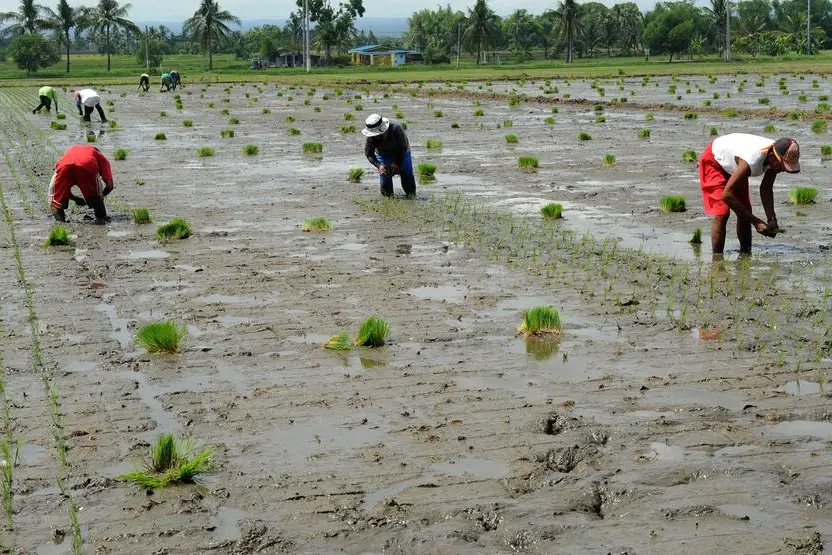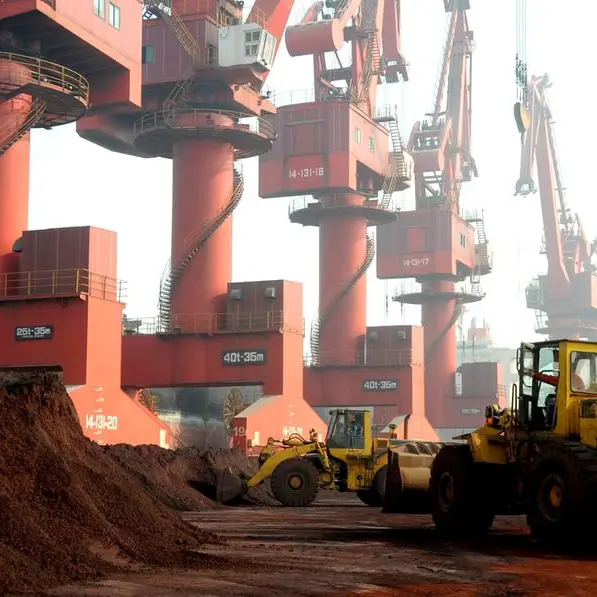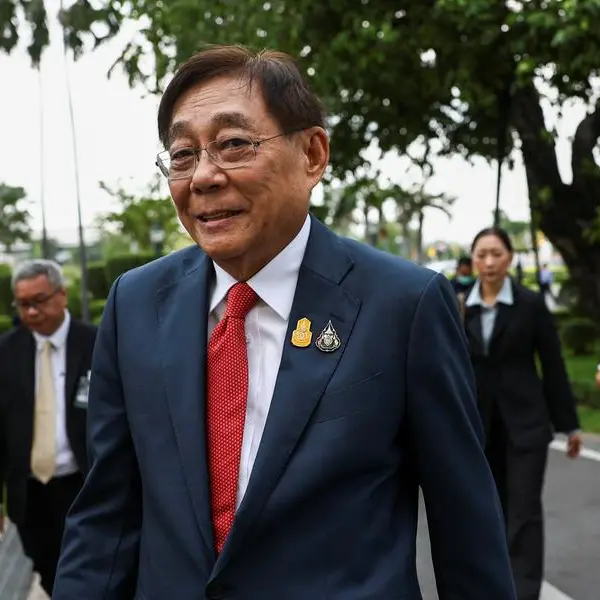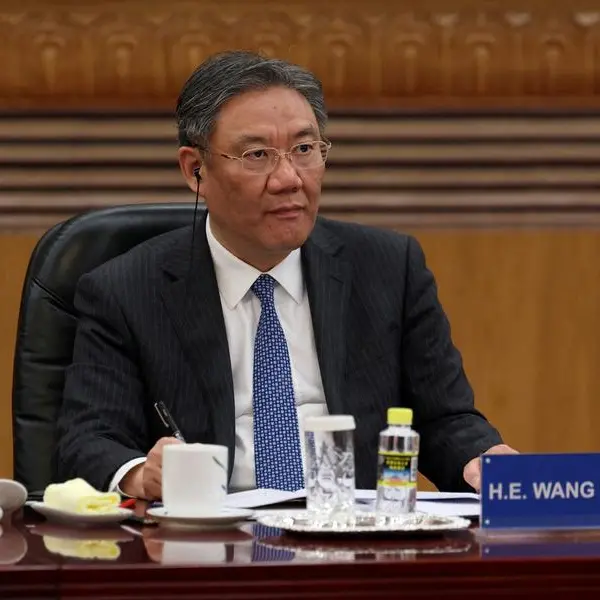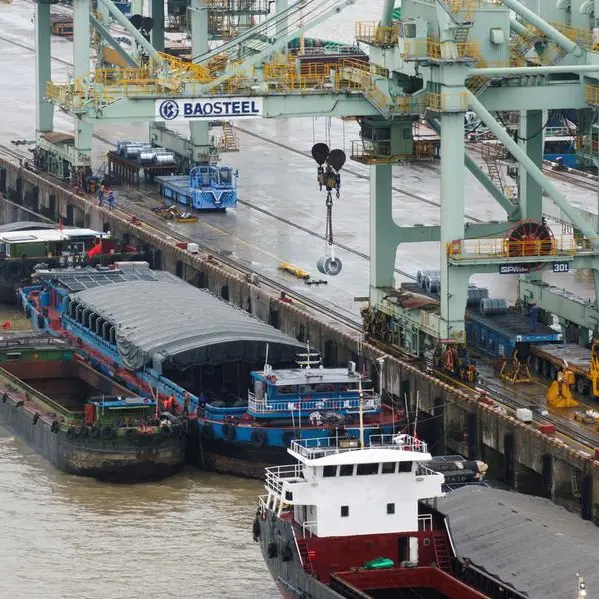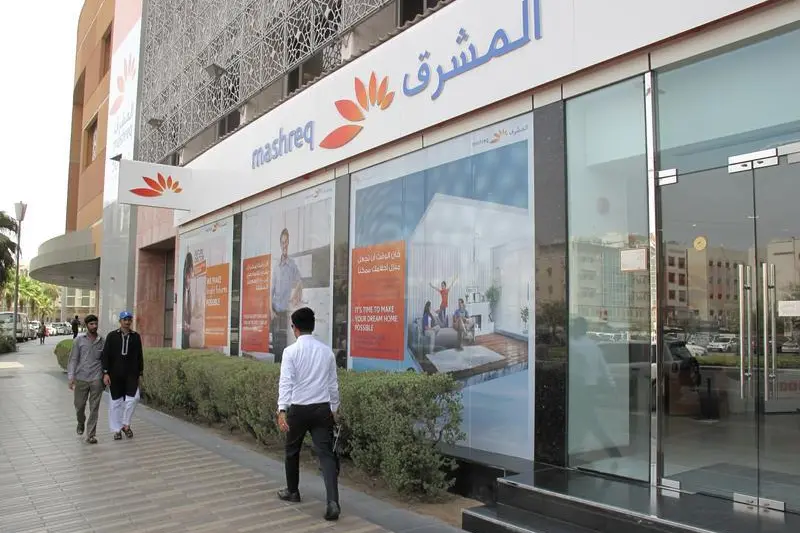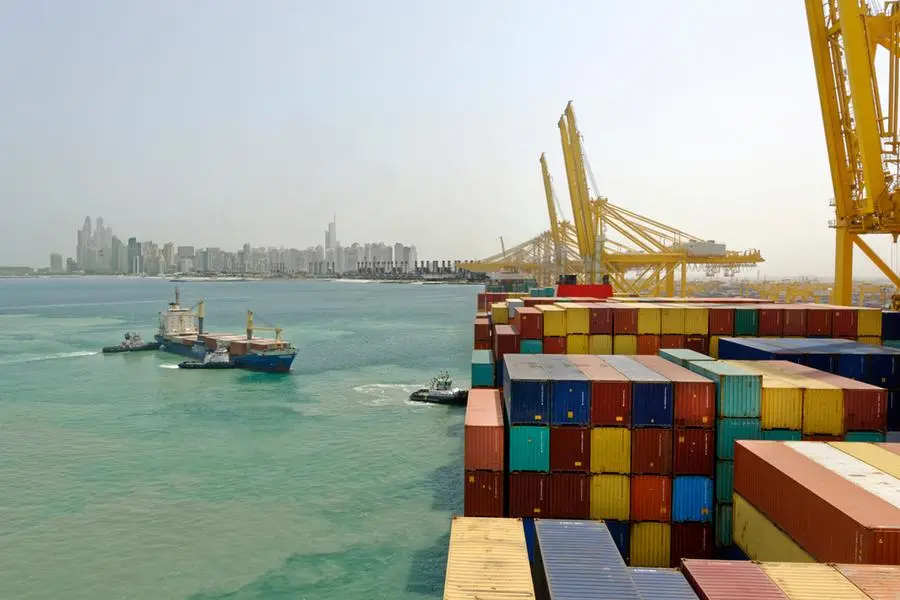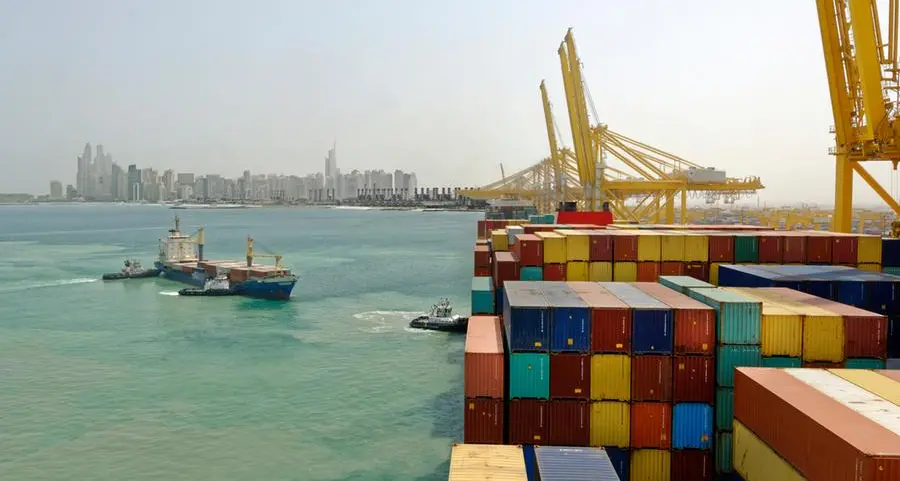PHOTO
This photo taken on June 7, 2011 shows farmers planting rice in Cavite, south of the Philippine capital Manila. Food-importer Singapore has approved a grant to help the world produce more cereals amid the rising threats of climate change, pests, and water crises, the International Rice Research Institute (IRRI) said on August 12, 2011. Singapore, currently not among the Philippines-based institute's donors, is to invest up to 8.2 million USD over five years to help deliver new varieties and technologies to rice farmers, the IRRI said. AFP PHOTO / JAY DIRECTO (Photo by JAY DIRECTO / AFP) Image used for illustrative purpose.
The government is finalizing a three-year agriculture development program to raise the country's food production, according to the Department of Agriculture.
The program, spanning from 2023 to 2025, aims to promote agricultural productivity, particularly on rice, corn, high-value crops, livestock, poultry, and fisheries.
Aside from production, DA assistant secretary for operations Arnel De Mesa said the program also covers other activities such as postharvest and processing, logistics improvement, market linkages and arrangements, and research and development.
With the goal of achieving rice self-sufficiency by 2025 set by President Marcos, the DA-National Rice Program was instructed to determine specific areas for inbred and hybrid rice production and to formulate strategies for developing newly irrigated areas.
The plan focuses on intensified corn production via the DA-National Corn Program (NCP) to determine production areas for genetically modified and open-pollinated varieties.
Candido Damo of DA-NCP said the program aims to employ double cropping, which will increase corn production by 1.5 million metric by utilizing about 700,000 hectares of land.
Meanwhile, the Bureau of Plant Industry (BPI) was also directed to identify high-value crops for local consumption and export.
BPI assistant director Herminigilda Gabertan said the bureau is coordinating with the DA-High Value Crops Development Program (HVCDP) for the intensified production and export of Philippine okra or ladies' fingers, shallots, bananas, mangoes, pineapples, durian, calamansi, jackfruits, avocados, dragonfruit, coffee, cacao, ube, pili nuts, cashew, bamboo, and ornamentals.
For livestock and poultry production, DA-National Livestock Program (NLP) director Ruth Miclat-Sonaco assured continuous implementation of repopulation and biosecurity initiatives against the African Swine Fever (ASF), Avian Influenza (AI), and other transboundary animal pests and diseases.
The Bureau of Fisheries and Aquatic Resources (BFAR) was also called to enhance fisheries production in the Philippines by determining areas for aquaculture and capture fisheries.
Under the three-year plan, DA-Agricultural Credit Policy Council (ACPC) was also ordered to formulate credit assistance and credit development programs that are complementary to the ACPC's existing credit initiatives for Filipino farmers and fishers and collaboration with the DA-Bureau of Animal Industry (BAI) in identifying the needs and requirements of the animal feeds industry.
Agriculture Senior Undersecretary Domingo Panganiban also advised the DA banner programs to review existing roadmaps and other related documents, conduct consultations with stakeholders, organize capacity-building activities for identified farmers' cooperatives and associations (FCAs),
Likewise, they were enjoined to promote clustering and consolidation among farmers and fisherfolk for better access to government interventions as well as synergize with other concerned DA units for the drafting of a harmonious agriculture development plan.
Copyright © 2022 PhilSTAR Daily, Inc Provided by SyndiGate Media Inc. (Syndigate.info).
